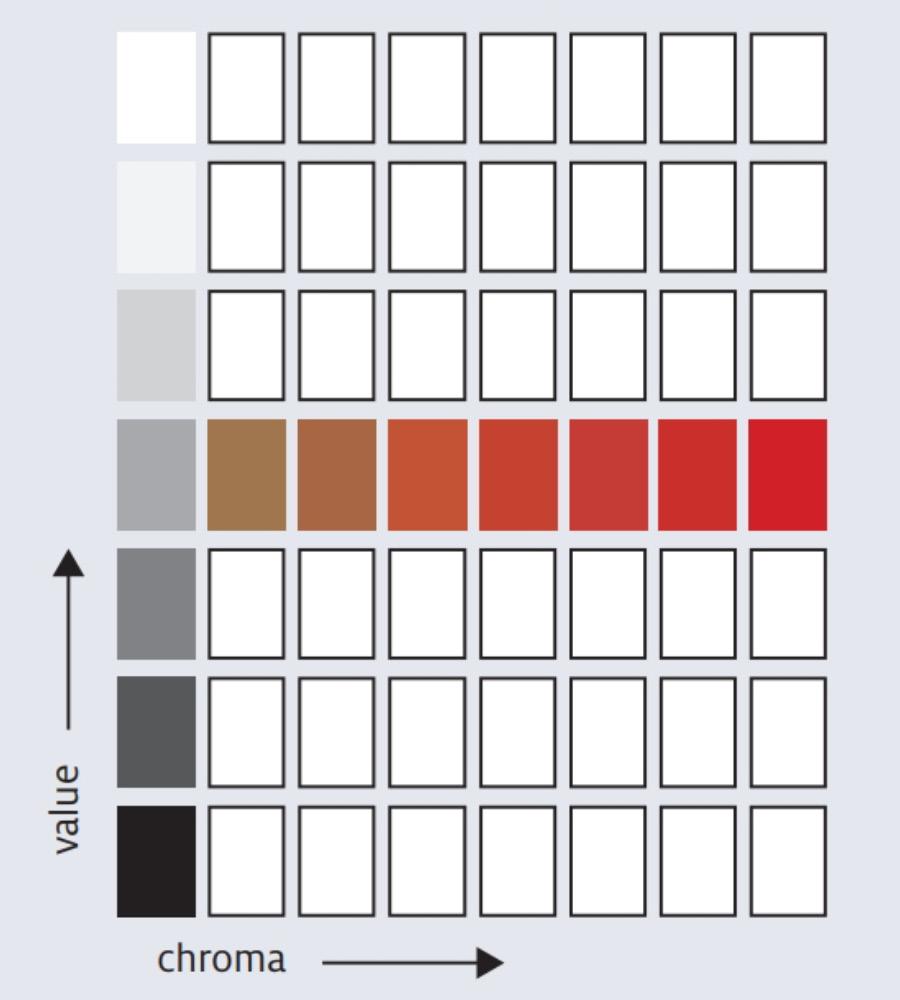
1 minute read
M7 COLOR + BALANCE
from Ortiz_FINAL

Balance + Symmetry
Advertisement
Balance refers to the use and positioning of different hues (pure color) to appear equal in visual weight. It can be acheived through the use of symmetry-- arranging colors, shapes, and other various elements on either side of an implied axis to reach the same shape and form on either side. Balance and symmetry are essential to making a design feel cohesive. Otherwise, unwanted elements may be adding to the design to reach balance. Before beginning to apply colors to a design, they should be organized by weight.
Different Kinds of Balance
There are three different kinds of balance: asymmetric, symmetric, and radial. Symmetric balance, previously defined, is also refered to as formal balance. Asymmetric balance, also refered to as informal balance, is when elements on either side of an implied axis seem equal in visual weight but may differ in size and form. Radial is, “the equal rotation of design elements around a central axis”, more commonly used for organization rather than design purposes.

Ways to Acheive Balance
There are mainly four ways that color combinations are used to acheive balance: value contrast or light versus dark colors, hue balance or using high-contrast complementary colors against each other, intensity contrast or using a combination of bright and dull colors, and lastly different sizes of color area. “The larger the amount of color used, the darker it appears; the smaller the amount of color used, the darker it appears.”











